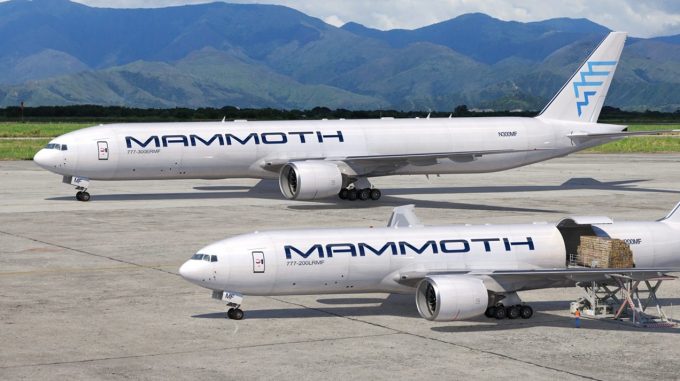Challenge Group sources new aircraft as Jet's 777s remain elusive
Challenge Group has found another aircraft for its early February conversion slot, as it continues ...

Mammoth Freighters has signed Canadian operator Cargojet as the launch customer for its 777-freighter conversion programme.
It has signed an initial sales agreement for two 777-200LRMF freighters and Cargojet has placed options for two 777-300ERMFs and two additional 700-200LRMFs.
The initial delivery will be MSN 29742, a 777-200LR ...

Comment on this article